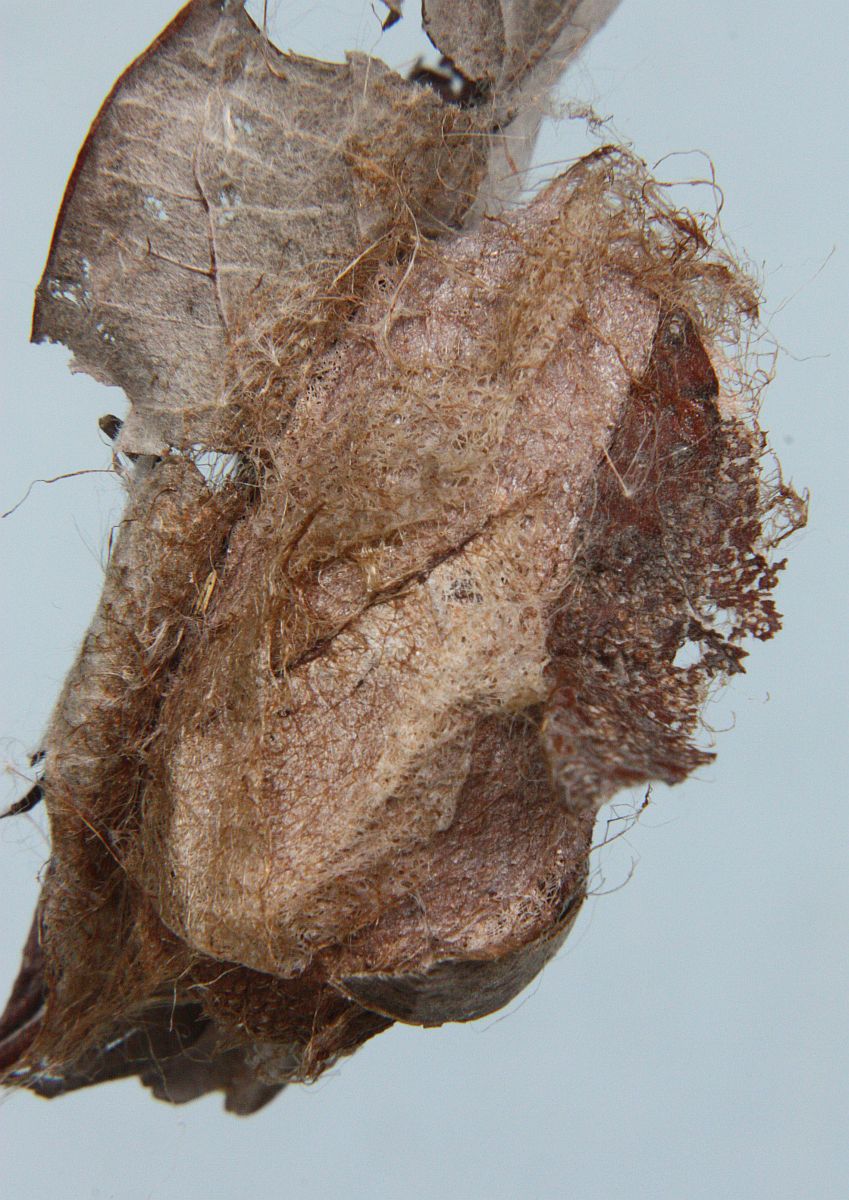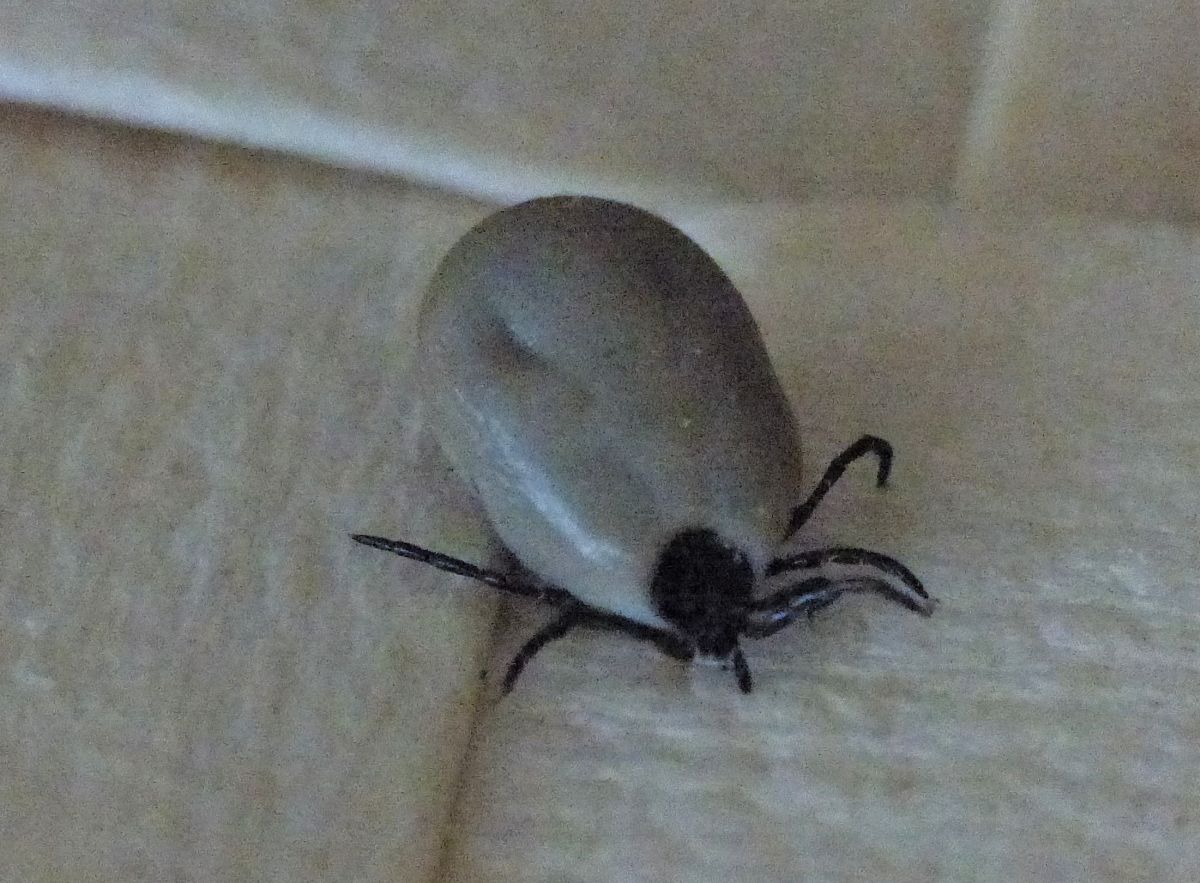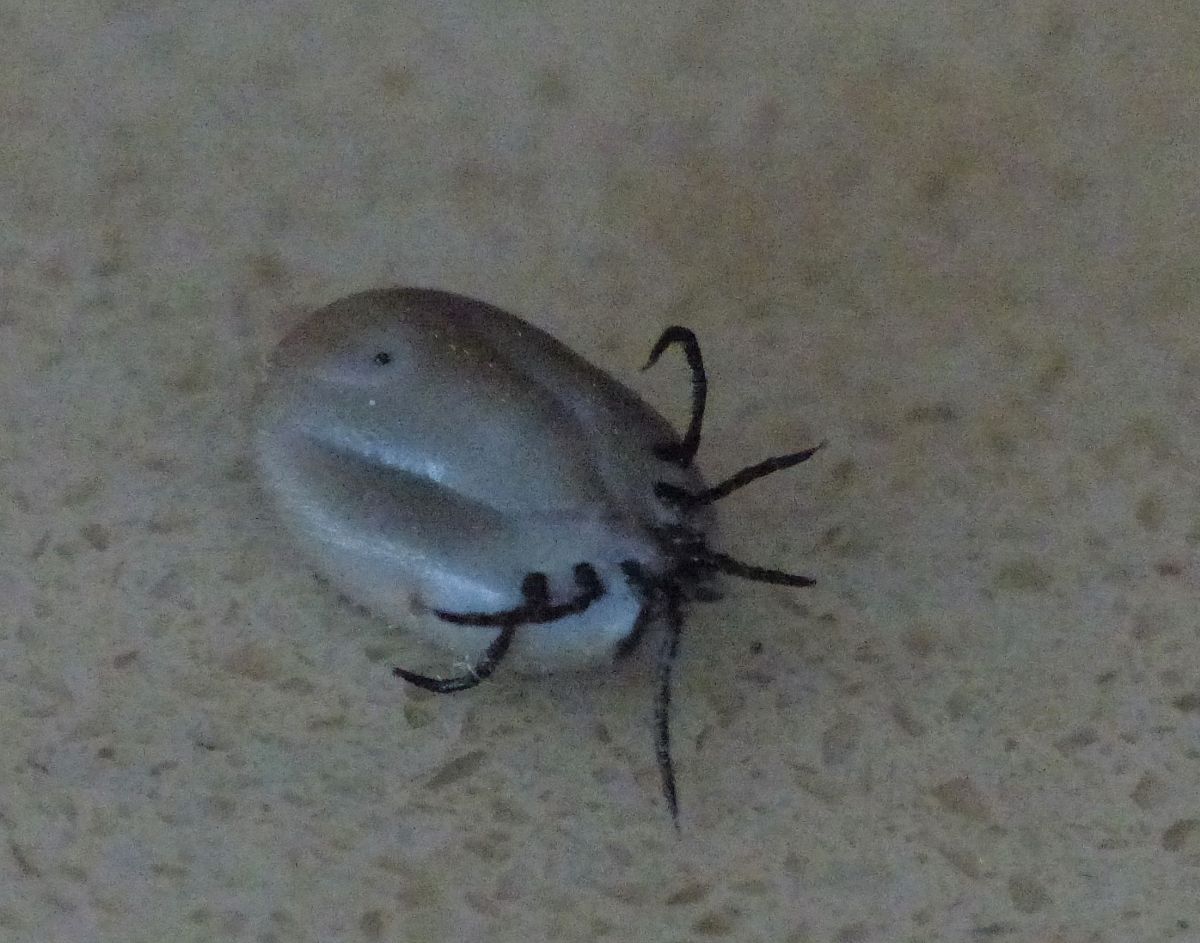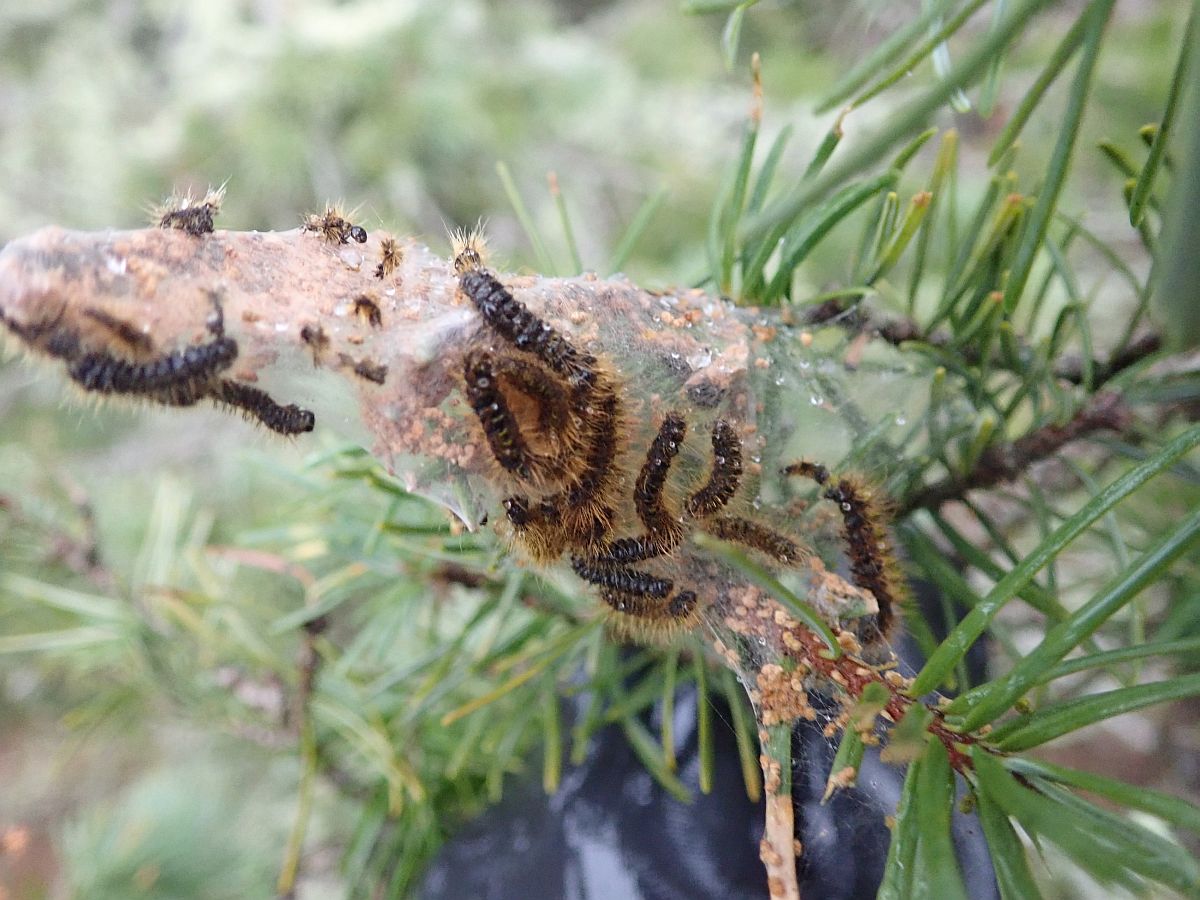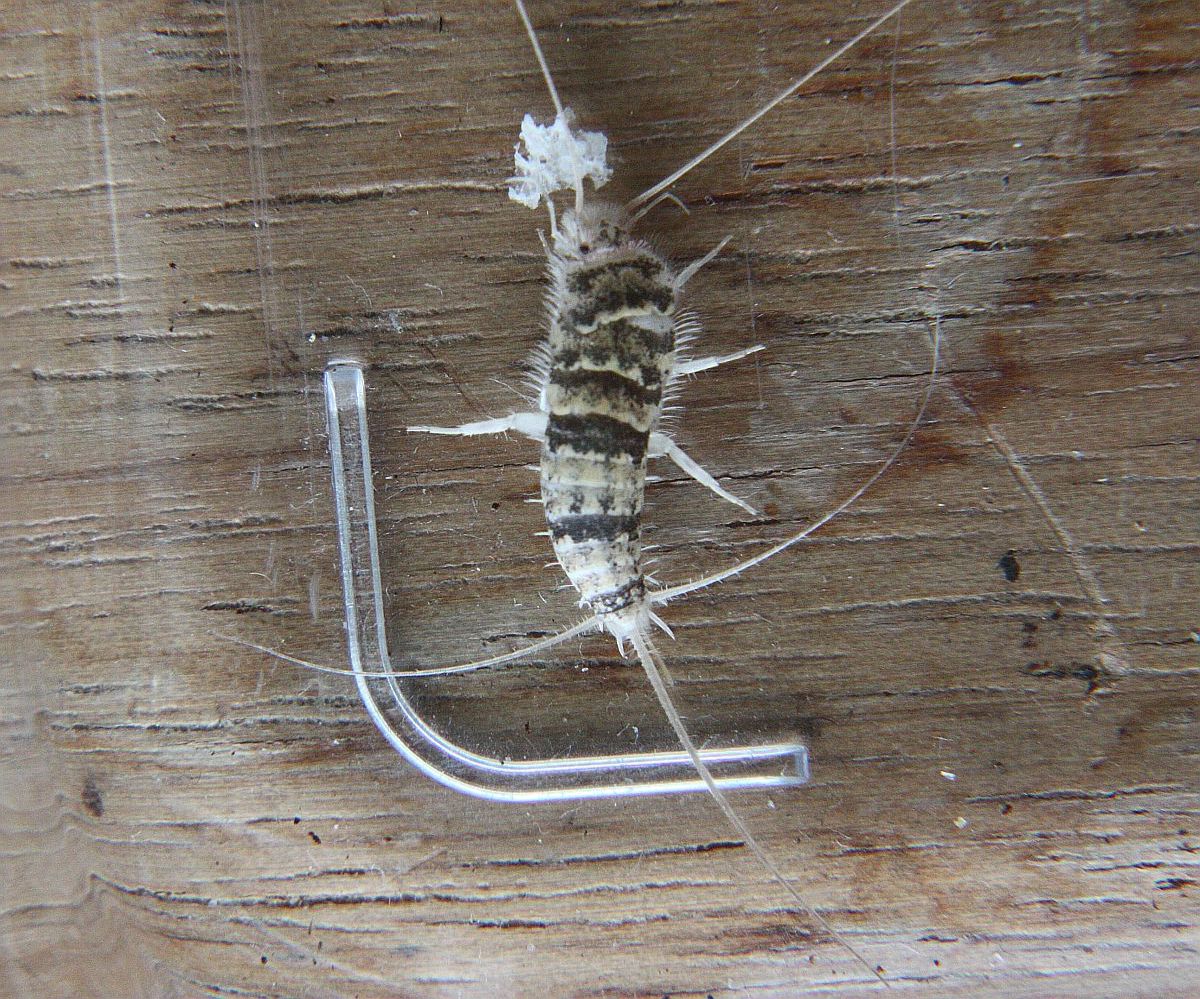2018 March 3
Jeremy Tatum writes: Every year we are challenged with a photograph of a geometrid moth for which we have to decide whether it is the American Tissue Moth Triphosa haesitata or the Barberry Geometer Coryphista meadii. Rosemary Jorna photographed the moth below in her garage in the Kemp Lake area on March 1. After close study, Libby Avis and I agree that Rosemary’s moth is Triphosa haesitata.
It might be wondered – if two species look so similar that they can’t easily be told apart, are they really different species? I have a theory that, if they are really different species, then the caterpillars will be different – and in the case of haesitata/meadii the caterpillars are indeed totally different and they are quite obviously separate species. What about Hesperia comma/colorado (the Common and Western Branded Skippers)? I’d really like to find the caterpillars. Until then, I’m not sure whether they both deserve the accolade of full speciesdom.

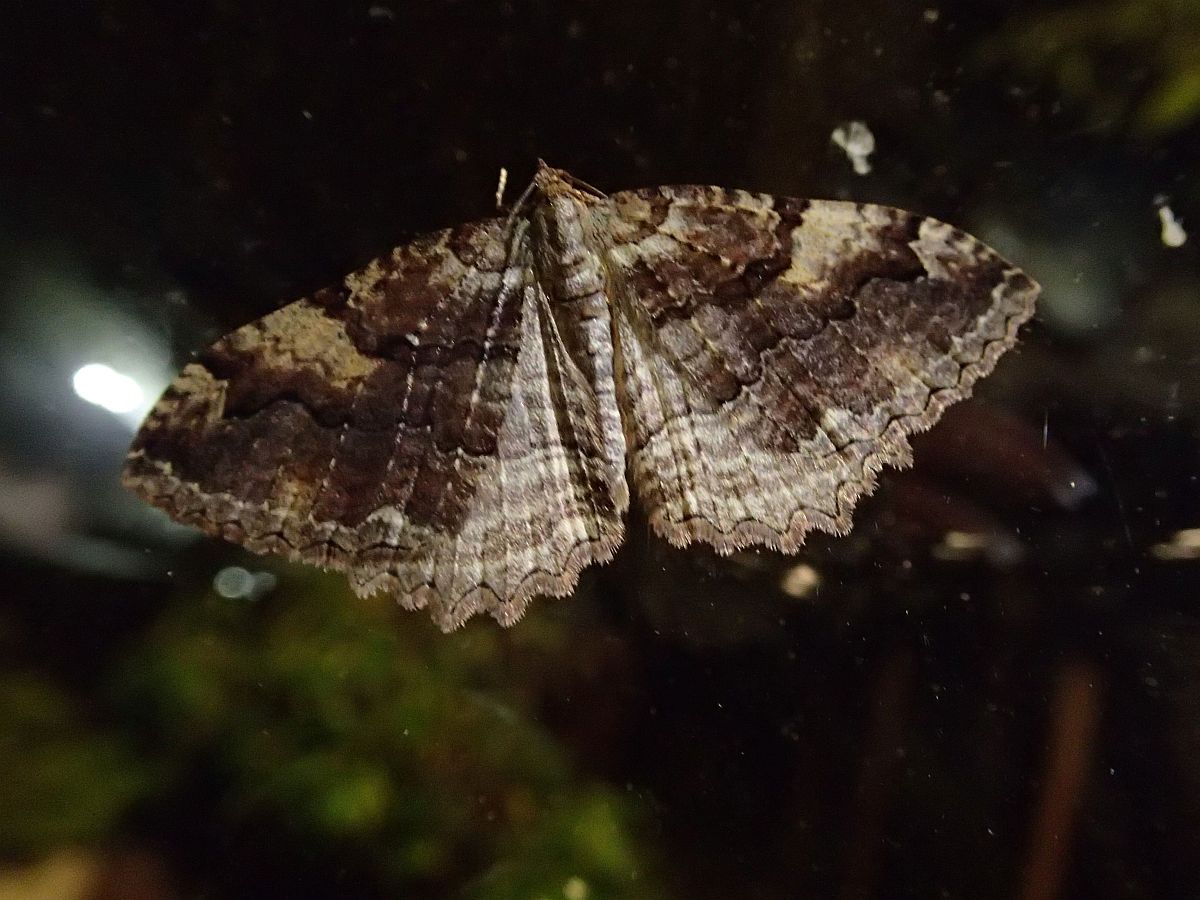
Triphosa haesitata (Lep.: Geometridae) Rosemary Jorna

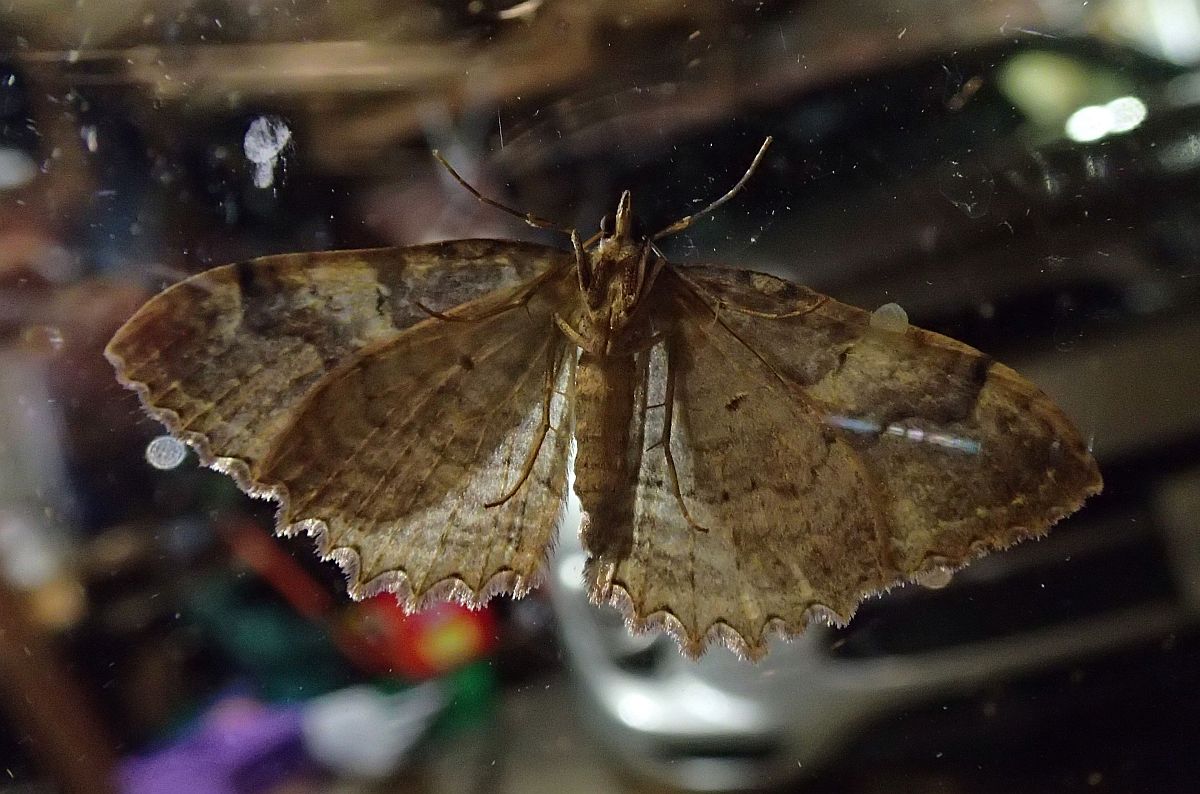
Triphosa haesitata (Lep.: Geometridae) Rosemary Jorna
Jeremy continues: I saw my first Phigalia plumogeraria of the year today, on the light at the entrance to the Swan Lake Nature House.
New Moth Book! I received a surprise package in the mail today – a copy of a new moth book, Peterson Field Guide to Moths of Southeastern North America, by Seabrooke Leckie and David Beadle, 652 pp. Published by Houghton Mifflin Harcourt, 2018. Apparently I get a very generous free copy, because one of the 2500 photographs in it is mine, though I haven’t found it yet! I am not planning to go to the southeast in the foreseeable future, and I don’t suppose many of the moths down there are planning to visit Vancouver Island, but it’s a very nice book to have all the same.

